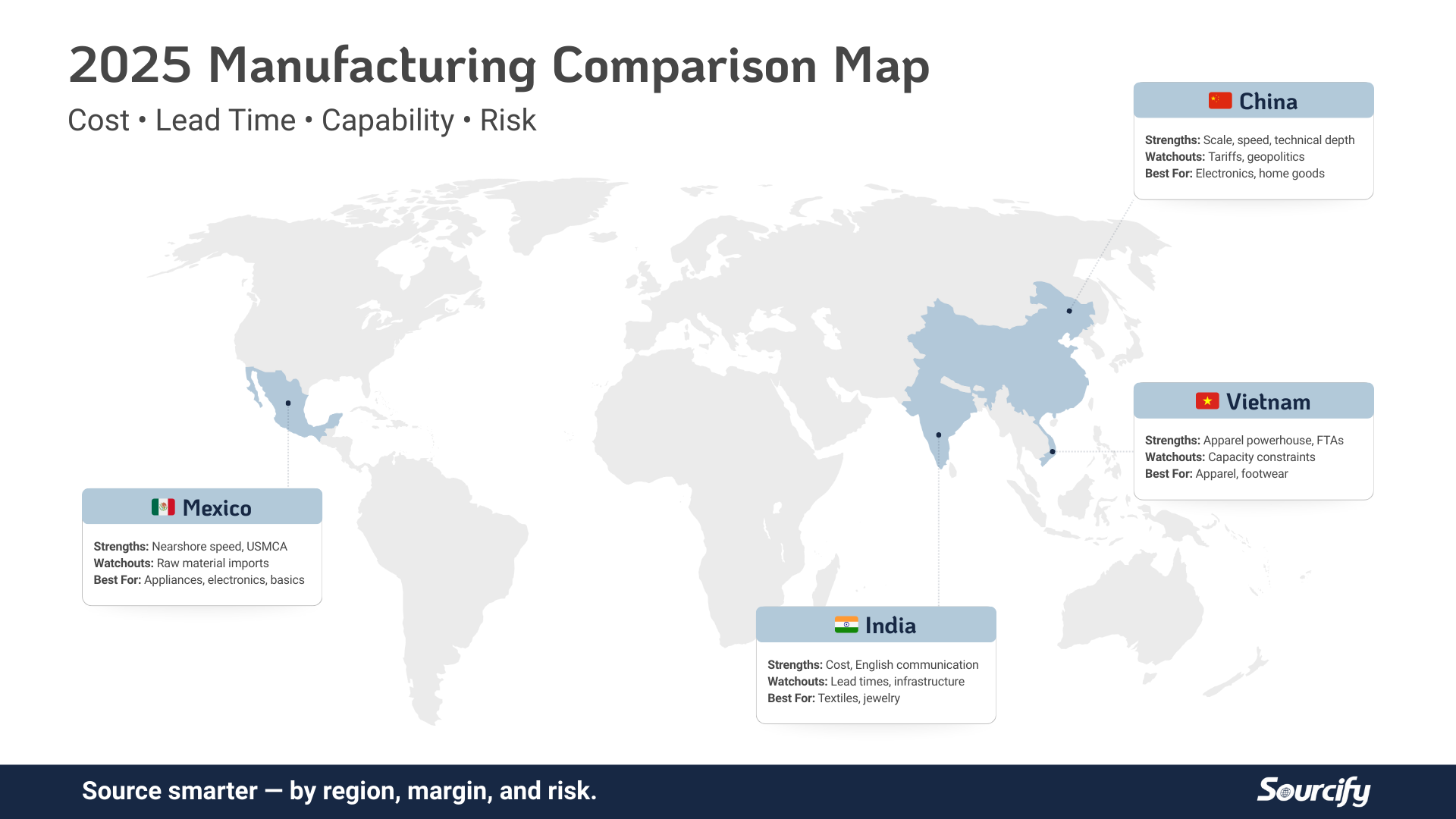In the ever-increasingly competitive world of e-commerce, direct-to-consumer (DTC) brands are required to continuously adapt to the changing retail landscape. One crucial aspect of this adaptation is determining optimal pricing for products. It’s simple: If customers deem your prices unfair for the goods you provide, you’ve got a screen door on your submarine.
Most often, prices are set too high. You’ve got a better understanding of your products and what they’re worth than your customers, right? You led the team through design, production, marketing, and sales. It’s like the back of your hand …
Wrong.
Your product is worth exactly what consumers will pay for it — and not a cent more. As such, the pricing tightrope is a difficult one to walk. There are several different approaches to pricing products, all of which are worth considering and have merit depending on a company’s unique situation. Below, several are outlined for consideration.
Cost-Based Pricing
A reliable and straightforward approach to determining product pricing is cost-based pricing. To implement this strategy, a company starts by calculating the overall cost of producing a product, including manufacturing costs, shipping, marketing expenses, and any other relevant expenses.
Once these costs are totaled, add a predetermined profit margin, usually a percentage value, to determine the selling price. For example, if a product’s cost is $50 and the company desires a 20% profit margin, the final price would be $60.
Experimenting with the desired added profit margin is almost always a good decision, especially with higher-cost products. If a product won’t sell with the desired profit margin because of how expensive the production was, it’s one step forwards and two backwards. In this instance, it may be the production, not the pricing, that is the issue.
Competitive Pricing
To employ competitive pricing, businesses research their competitors’ prices for similar products and determine their pricing based on prevailing market conditions. This approach allows companies not only to stay competitive but also align themselves with what customers are likely to expect in terms of product pricing.
Adjustments can be made depending on how the company wants to position itself: lower prices may be used as a strategy to attract more customers, while higher prices might suggest premium quality or an exclusive reputation.
Gas stations are an excellent example of competitive pricing in action. How many times have there been two fueling stations across the street from each other, one station one or two cents cheaper than the other? Perhaps the cheaper fuel-up is attempting to make up for something — less attractive amenities, maybe — but most often, the cheaper station will draw more thirsty automobiles due to its more expensive competitor across the way.
Value-Based Pricing
Value-based pricing focuses on customers’ perceived value of the product rather than simply covering costs or reacting to competition. This approach aims to establish a price that reflects the potential benefits consumers can expect when purchasing the product.
To implement value-based pricing, businesses must conduct thorough market research and understand customer behavior related to their products. By understanding what customers value most about your product and how they perceive its worth compared to alternatives, you can set a price that captures this perception of value accurately.
Psychological Pricing
Psychological pricing revolves around setting prices in a way that makes customers feel they are receiving better value or deals, even if only marginally. One well-known example of psychological pricing is the “99-cent rule,” where items are priced at $X.99 instead of the full dollar amount (e.g., $9.99 instead of $10).
Another psychological pricing strategy is “price anchoring,” which involves introducing an initially higher price and then offering a discounted rate, creating a perception of value through comparison.
Psychological pricing plays on consumers’ tendencies to suggest buying products. Nearly every industry leans into the trend, with more expensive goods moving the decimal point and pricing products at $299 rather than $300, for example. It may feel like taking advantage of a customer, but it isn’t …
In fact, it’s a lowering of prices.
Dynamic Pricing
Dynamic pricing uses customer data to adjust prices based on factors such as supply and demand, buyer behavior, and market conditions. A prime example of dynamic pricing can be found in the airline industry, where ticket prices fluctuate based on various factors and real-time user demand.
To implement dynamic pricing effectively, companies must invest in intelligent technology systems that analyze large datasets to detect patterns and trends that drive price adjustments. This approach often results in higher revenue due to more responsive and optimized pricing.
Dynamic pricing, like a few other methods, follows the old proverb, “You’ll reap what you sow.” It’s an expensive way to set your price points, but it’s also potentially the most effective. It gives customers a chance to buy in large quantities when prices are low while keeping prices in a stable position for the majority.
Working out the most beneficial pricing strategy for your company may be a matter of trial and error, but by studying and understanding different methods in the direct-to-consumer industry, the aforementioned error may be avoidable. Pricing is difficult but extremely important, and it can never be an afterthought.




